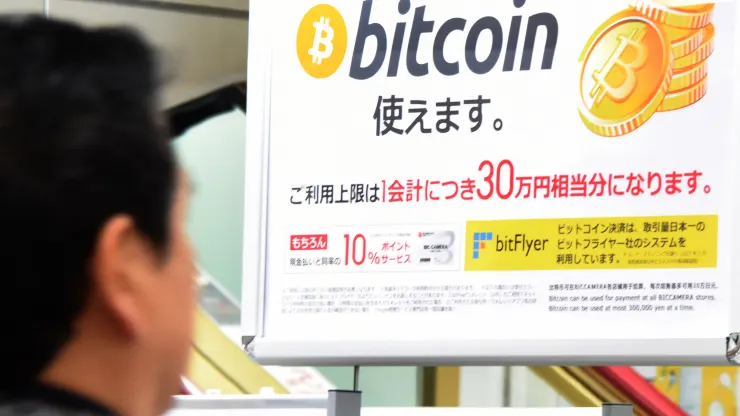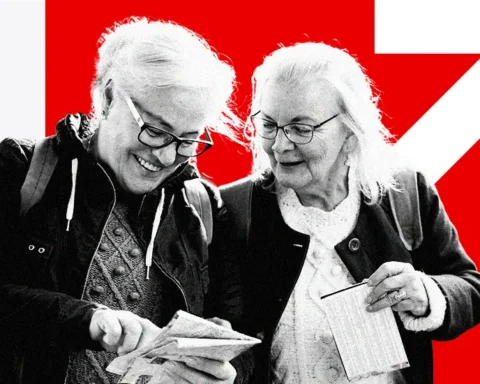In a bold stride toward diversification, Japan’s Government Pension Investment Fund (GPIF), known as the world’s largest pension fund, is venturing into digital assets, including bitcoin. The GPIF’s exploration into “illiquidity assets” marks a significant pivot from its traditional investment portfolio, signifying a keen interest in the burgeoning sector of cryptocurrencies. This move comes when Bitcoin has reached an all-time high, underscoring the digital currency’s growing appeal among institutional investors.
The GPIF’s inquiry into alternative assets such as bitcoin is part of a broader research initiative to identify potential new investment avenues. By seeking “basic information” on illiquid assets, the fund casts a wide net that includes forests, farmland, gold, and bitcoin. This exploration indicates the GPIF’s strategic approach to incorporate a diverse range of assets into its investment portfolio, which currently comprises domestic and foreign bonds and stocks, real estate, infrastructure, and private equity.
Despite the GPIF’s interest in Bitcoin and other cryptocurrencies, no definitive plan remains to allocate investments in these digital assets. The fund’s cautious approach reflects cryptocurrencies’ inherent volatility and regulatory uncertainties. However, the GPIF’s statement arrives at a pivotal moment for Bitcoin, which has seen a spectacular rally, soaring more than 130% over the last year. This surge has been partly fueled by the introduction of bitcoin exchange-traded funds (ETFs) in the U.S., attracting significant capital inflows and marking a milestone in cryptocurrency’s acceptance among mainstream financial institutions.
Pension funds worldwide have traditionally hesitated to engage with cryptocurrencies, given their volatile nature. Yet, some have started to explore this asset class, with South Korea’s National Pension Service taking a notable step by investing in Coinbase shares last year. Additionally, the Japanese government’s February proposal to allow investment funds to hold digital assets further exemplifies the shifting regulatory and investment landscape that could pave the way for more institutional participation in the cryptocurrency market.
As the GPIF embarks on this exploratory journey into bitcoin and other illiquid assets, it underscores a growing recognition of cryptocurrencies’ potential role in diversifying investment portfolios. While the path forward is fraught with uncertainties, the GPIF’s interest in digital assets marks a significant moment in the intersection of traditional finance and the emerging digital economy. Whether this will lead to broader adoption of cryptocurrencies by institutional investors remains to be seen. Still, the GPIF’s move signals a noteworthy shift in the global investment community’s perception and valuation of digital assets.







